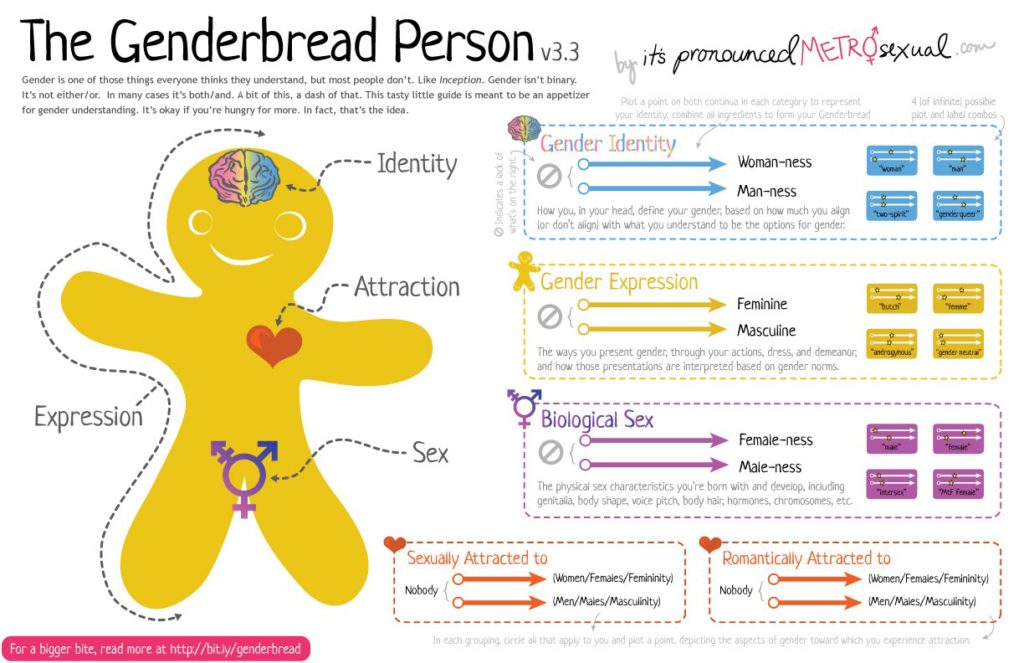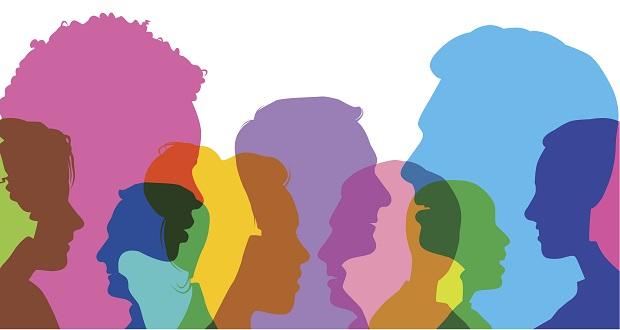![Global D&I Trends: LGBT[QIA]: Emptying the Closet](https://theinclusionsolution.me/wp-content/uploads/2016/10/clasped-hands-rainbow-flag-620x411.jpg)
This week, we explore another trend included in our Global D&I Tipping Point Report, LGBT[QIA]: Emptying the Closet. Updated from the 2012 report, we expand our research to include a discussion on gender identity and more insights into the experiences of, and legislation impacting, the transgender community.
Historically, LGBT is used as an abbreviated umbrella term to reference people who identify as lesbian, gay, bisexual, or transgender. However, as our understanding of gender and sexual orientation expands, so have the terms we use to refer to members of the community.
Recently, some organizations have extended the abbreviation to LGBTQIA, to be inclusive of individuals who identify as queer, intersex, and asexual. This expansion is a result of work and research that deconstructs the historical, binary approaches to defining gender. For example, in Western culture, gender is traditionally delineated into two categories—male and female—both grounded in the person’s physical anatomy. Gender and biological sex, however, are very different.
Practitioners have found that gender is not solely connected to one’s biological sex and physical anatomy. Rather, gender is far more complicated, and is made up of an interrelationship between one’s biological sex, gender identity, and gender expression.
Sam Killermann’s “Genderbread Person,” is a helpful resource in understanding and simplifying this complex topic. In addition, we also include a detailed glossary of commonly used terms related to the LGBTQIA community in our report.

Perhaps 2015 was the year that lifted the experiences of the transgender community to the attention of mainstream media more than ever before. Caitlyn Jenner (formerly known as Bruce Jenner) used her platform to share her experience and transition into becoming a transwoman. Jenner, certainly was not the first person to gain public attention for coming out as transgender.
Kristin Beck, a former US Navy SEAL, came out as a transwoman in 2013. Laverne Cox, an African American transwoman actress made history when she graced the cover of TIME magazine. She was the first transgender person to be featured on the front cover. It would behoove leaders to consider how the heightened visibility of transgender people in the media could potentially influence the workplace.
While increased mainstream visibility has been paramount, it does not change the manifestations of discrimination experienced by transgender people in society and the workplace. In 2016, North Carolina, U.S. state legislatures repealed a local ordinance that expanded anti-discrimination laws to include LGBT people.
The new law, also known as North Carolina’s House Bill 2 (HB2) or the “bathroom bill”, excluded sexual orientation and gender identity as bases for protection in anti-discrimination law. In sum, the bill, which was signed into law by North Carolina Governor Pat McCrory, made it legal for businesses to discriminate against members of the LGBT community.
Most notably, the “bathroom bill,” also stipulates that individuals must use the bathroom that correlates with their birth gender, and not the sex with which they identify. Such laws have a disparate impact on members of the transgender community.
Only 40 percent of the 50 states in the US have non-discrimination laws covering gender-identity. As a result, transgender employees are more likely to be harassed, demoted, and unemployed. The rate of unemployment among transgender people is twice the national average.
One study found that transgender employees who are transitioning while on a job are more likely to be discriminated against than those who have already transitioned prior to joining an organization. Likewise, 78 percent of transgender employees reported feeling more comfortable after their transitions, and believed their workplace performance had improved.
Many businesses have taken proactive and preventative measures by implementing gender transition guideline plans, and educational trainings on gender-identity in the workplace. One-third of all Fortune 500 companies and more than half of all businesses in one study reported that they offer transgender-inclusive health care coverage. Our Global D&I Tipping Point report includes implications and practical recommendations for practitioners and leaders as they continue to create LGBTQIA-inclusive practices and environments.


















